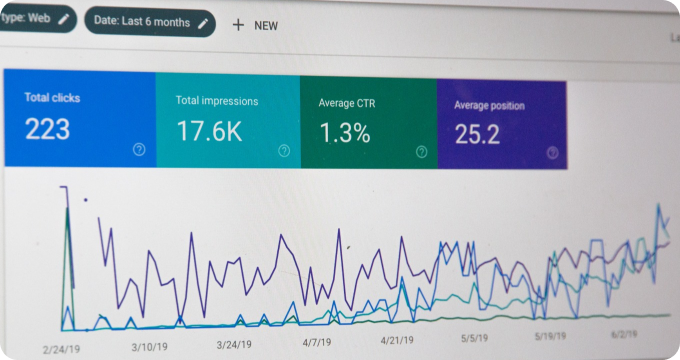5 Things I Wish I'd Known About LIMS Software Before Implementing It in My Lab
- December 02, 2023
- 2 minutes
A laboratory information management system (LIMS) is a sophisticated software that plays an integral role in managing complex laboratory operations. As a repository for a myriad of intricate information, LIMS certainly appears to be the panacea to all lab-related woes. However, like any other technological implementation, it presents unique challenges that require careful consideration. Reflecting back on my journey of integrating LIMS into my lab, there are five salient points that I wish I had known before embarking on this path.
Firstly, the importance of understanding the scalability of the LIMS software cannot be understated. A laboratory is a dynamic environment, with evolving workflows, fluctuating sample loads, and expanding testing parameters. The LIMS should therefore be able to adapt to expansions and changes within the lab setup. While the initial LIMS silhouette may cater to the laboratory's immediate needs, it becomes imperative to consider its potential to accommodate future growth and modifications. This scalability is delineated by two factors, namely the software’s in-built flexibility and the provider's commitment to updates and enhancements. Failing to heed the scalability factor can lead to constricting bottlenecks, necessitating costly and time-consuming modifications or even a complete system overhaul.
Secondly, the decision to implement LIMS should not be driven solely by the operational needs of the lab, but rather, must also take into account the needs of the end-user. A comprehensive user experience (UX) analysis, a concept borrowed from the field of Human-Computer Interaction (HCI), should be conducted prior to implementation. This concept underscores the importance of interactive and intuitive interfaces for users to effectively engage with the system. An oversight in this regard could lead to user dissatisfaction, decreased productivity, and could even compromise data integrity.
Thirdly, overlooking the importance of data migration could lead to a precarious situation. Data migration is the process of transferring data between storage types, formats, or computer systems. It is a fundamental aspect to consider when transitioning from one LIMS to another, or from traditional methods to LIMS. The successful migration of data is crucial to ensure continuity of work and preservation of historic data. It is essential to audit the quality of the migrated data and validate the process, as data errors or loss can result in significant repercussions.
Fourthly, LIMS is not a solitary entity, but instead, it must integrate seamlessly with other software and instruments in the lab. Successful integration of LIMS with other systems such as electronic lab notebooks (ELNs), customer relationship management (CRM) systems, and enterprise resource planning (ERP) systems, boosts automation, reduces data redundancy, and improves data accuracy. The lack of interoperability can create isolated information islands, leading to inefficient workflows and potential data discrepancies.
Finally, the implementation of LIMS is not an end in itself, but a means to an end. Training the lab personnel to effectively use the LIMS is crucial. Without proper training and user acceptance, even the most advanced and efficient systems run the risk of under-utilization.
To sum up, implementing a LIMS in a lab is a complex process with far-reaching implications. It is pertinent to consider the scalability of the software, account for the end-user experience, ensure accurate data migration, guarantee seamless integration with other lab systems, and provide adequate training to the lab personnel. Being cognizant of these factors will lead to a more informed decision-making process, ultimately leading to a smooth and successful LIMS implementation. Make no mistake, the journey to implementation is arduous, but the benefits reaped make it a worthwhile endeavor.
Learn More
Unleash the power of efficiency and precision in your lab operations by diving deeper into our enlightening blog posts about LIMS software. For an unbiased, comprehensive view, they are encouraged to explore our meticulously compiled rankings of the Best LIMS Software.
Popular Posts
-
 6 Compelling Reasons Why Your Laboratory Needs LIMS Software
6 Compelling Reasons Why Your Laboratory Needs LIMS Software
-
 Debunking 10 Myths Surrounding LIMS Software in the Industry
Debunking 10 Myths Surrounding LIMS Software in the Industry
-
 Ask These Questions to a LIMS Software Provider to Choose the Right System for Your Lab
Ask These Questions to a LIMS Software Provider to Choose the Right System for Your Lab
-
 7 Essential Questions to Ask Before Investing in LIMS Software
7 Essential Questions to Ask Before Investing in LIMS Software
-
 5 Things I Wish I'd Known About LIMS Software Before Implementing It in My Lab
5 Things I Wish I'd Known About LIMS Software Before Implementing It in My Lab






